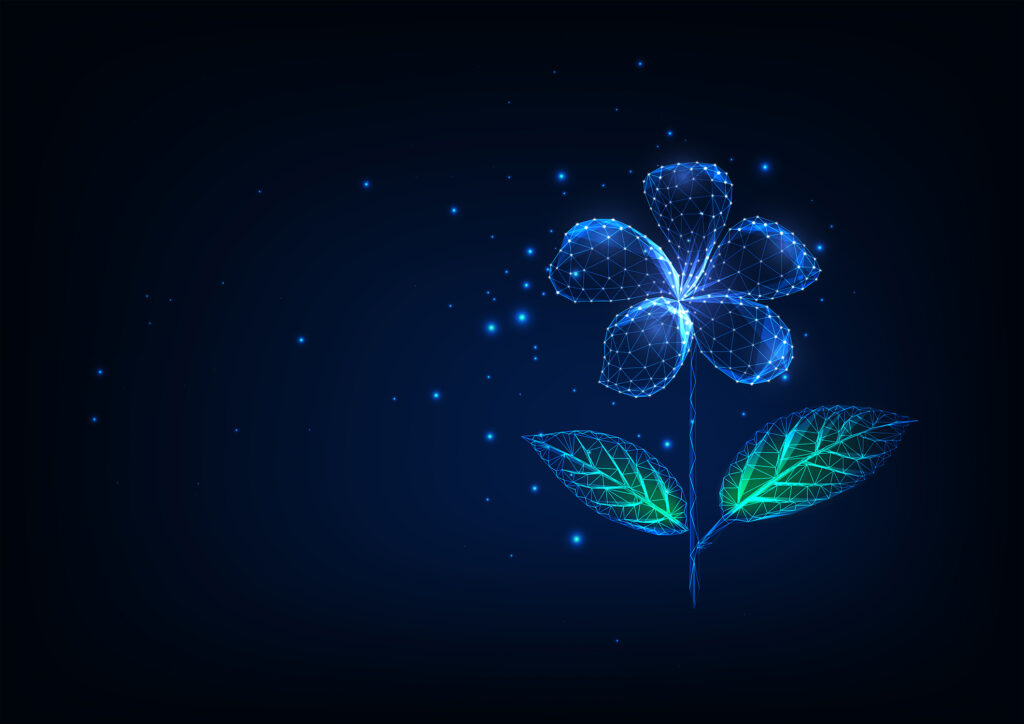
Using nanoparticles that absorb, store and gradually release light, engineers at MIT have created a new generation of light-emitting plants that can be charged by an LED. After 10 seconds of charging, the plants glow for several minutes, producing light that is 10-times brighter than the first generation of glowing plants the group reported just four years ago.
The research group—led by Michael Strano, the Carbon P. Dubbs Professor of Chemical Engineering at MIT—found that the particles can also boost the light production of any other type of light-emitting plant, including those the lab originally developed. The first generation could emit dim light, about one-thousandth the amount needed to read by, for a few hours.
The goal of the new study—which is outlined in a paper published in Science Advances—was to extend the duration of the light and make it brighter. The team used a compound called strontium aluminate, which can be formed into nanoparticles, as a phosphor to create a “light capacitor” that stores light in the form of photons, then gradually releases it over time.
The particles are embedded in the plant leaves, accumulating in a spongy layer called the mesophyll, where they form a thin film. This film can absorb photons either from sunlight or an LED. The team showed that after 10 seconds of blue LED exposure, their plants could emit light for about an hour. The light was brightest for the first five minutes and then gradually diminished.
Additionally, the team found that the “light capacitor” approach can work in many different plant species, and showed that they could illuminate plant leaves more than 1-ft wide—indicating that the plants could be useful as an outdoor lighting source.
